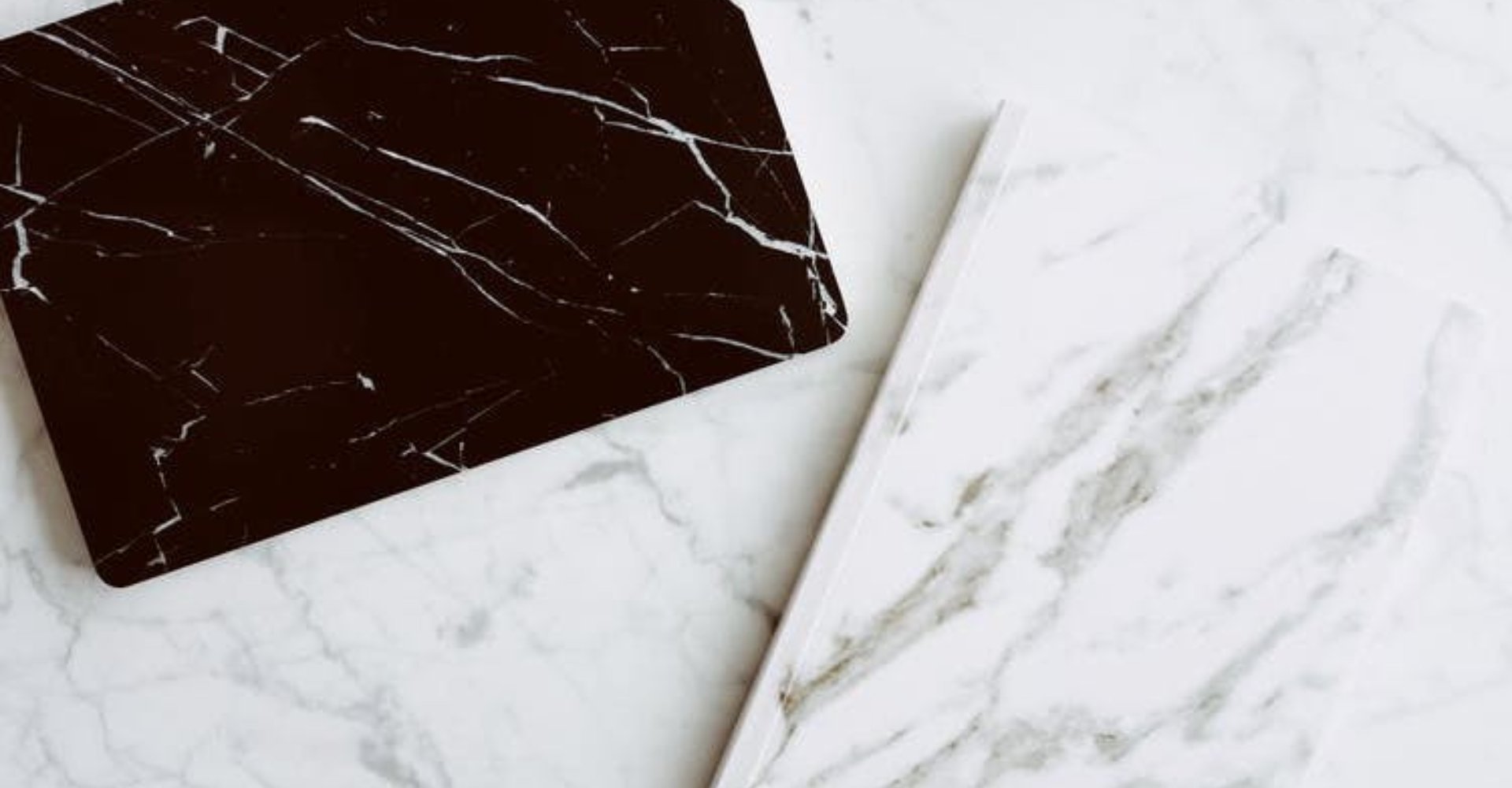Seravezza marble

A precious material of a pure white colour enriched with coloured veins. It's found in historic buildings and prominent monuments linked to the Medici family.
Seravezza marble is one of the most valuable materials in the area. The use of this stone is documented since the times of the Etruscans and later the Romans, but it's with the Medici family that it becomes common in the construction of buildings and monuments.
The marble blocks found between Versilia and the Apuan Alps have very different characteristics. They are found in the purest and whitest forms or with coloured veins - green, purple, yellow - given the presence of other minerals. Among the best known varieties is the white marble of Ceragliola, bardiglietto Costa, arabescato and the breccia Medicea (or breccia di Seravezza). The latter owes its name to the Medici. The Grand Duke Cosimo I, owner of the monopoly of quarries, arranged for the wide use of marble, that was used for example in the choir of the Cathedral of Florence and for the obelisks in Piazza Santa Maria Novella.
Michelangelo Buonarroti is also linked to Seravezza marble, who was commissioned by the Grand Duke to take blocks with which to build the facade of the Church of Saint Lorenzo in Florence. The undertaking lasted a long time and the construction of the road to transport the stone was difficult: the project was finally abandoned. Today, the historical route that connects Seravezza to Florence takes the name of Via di Michelangelo.
The history of marble and its processing are exhibited at the Museum of Rural Work and Traditions in Historic Versilia, in Seravezza.
